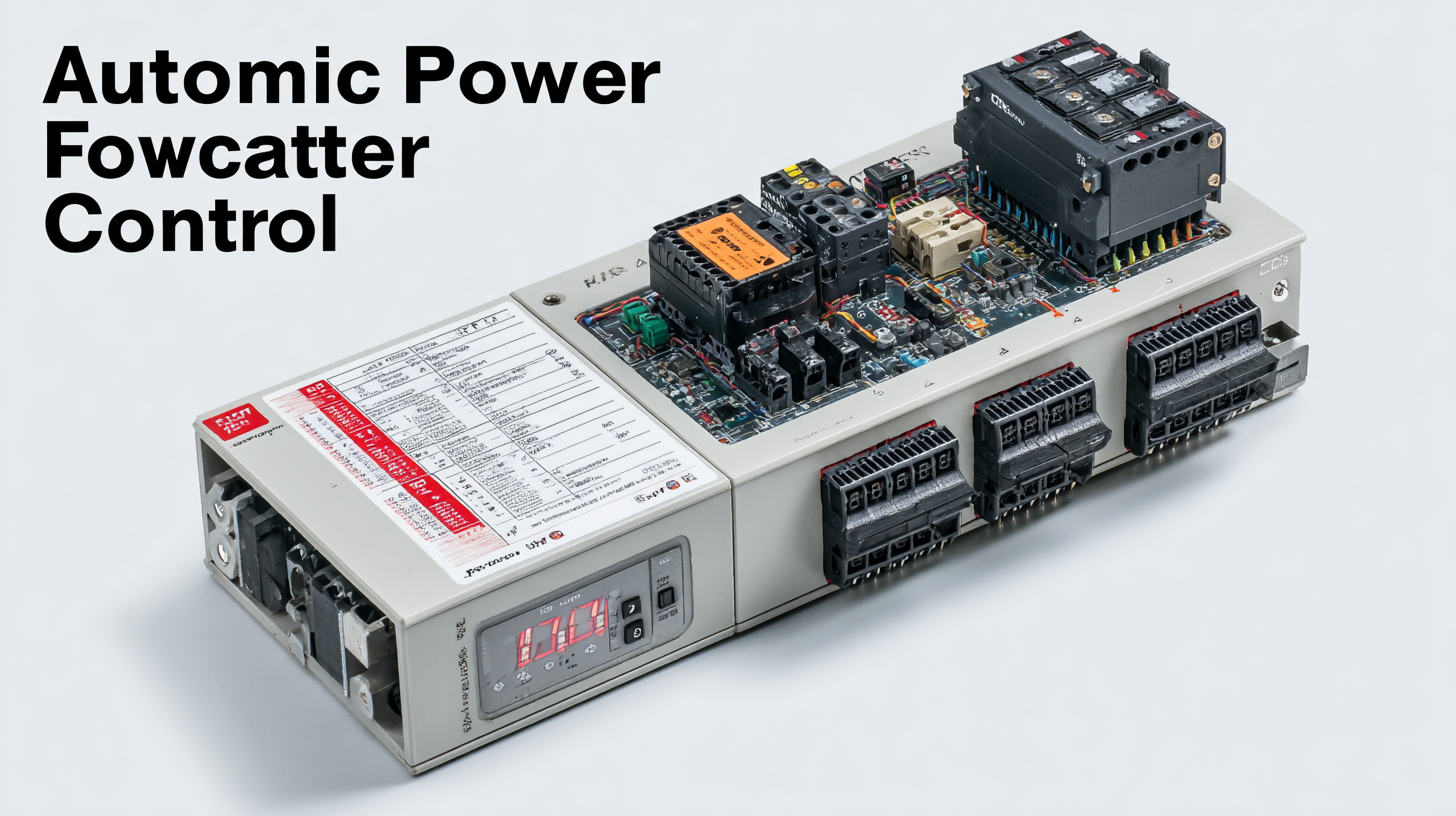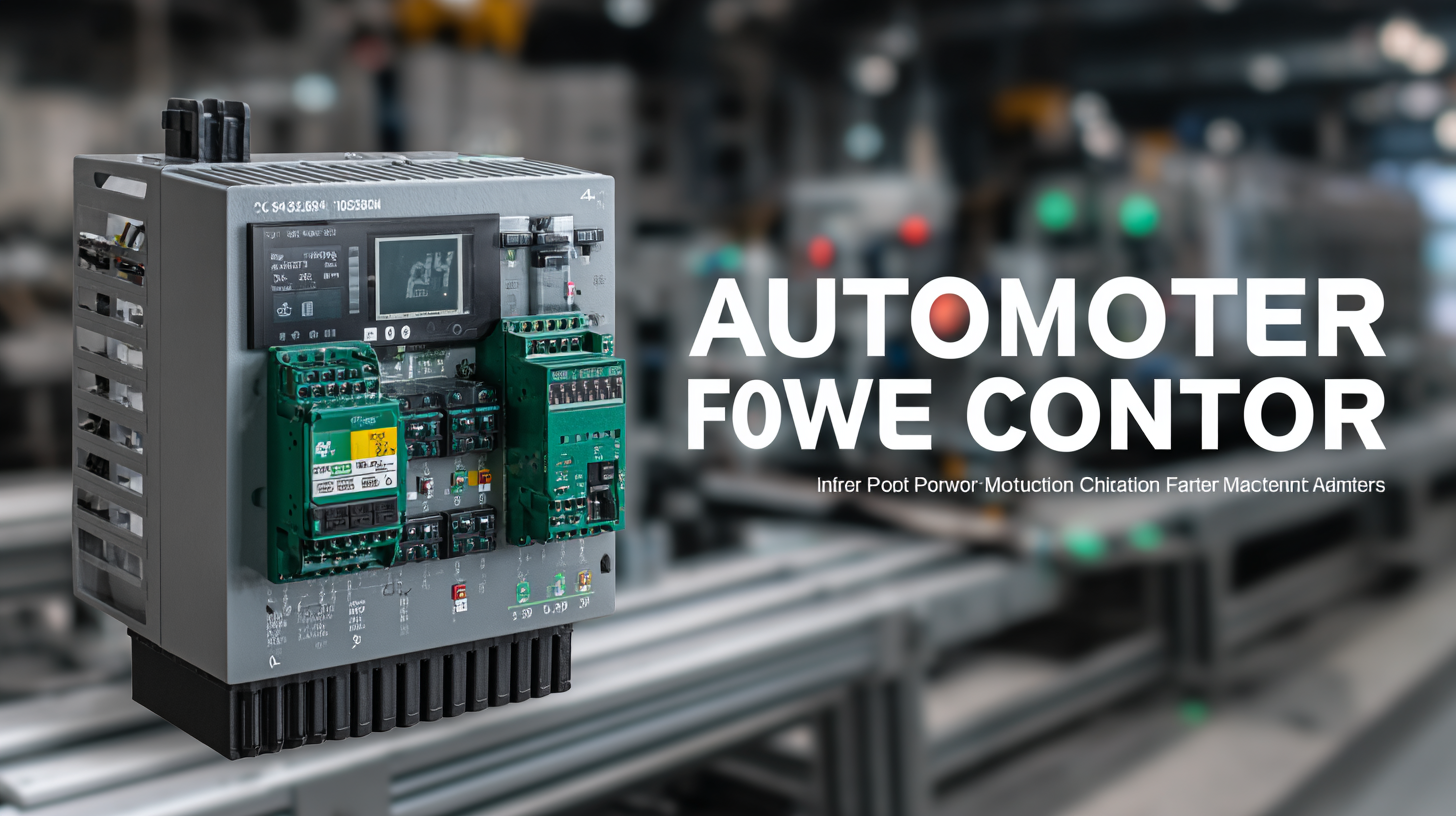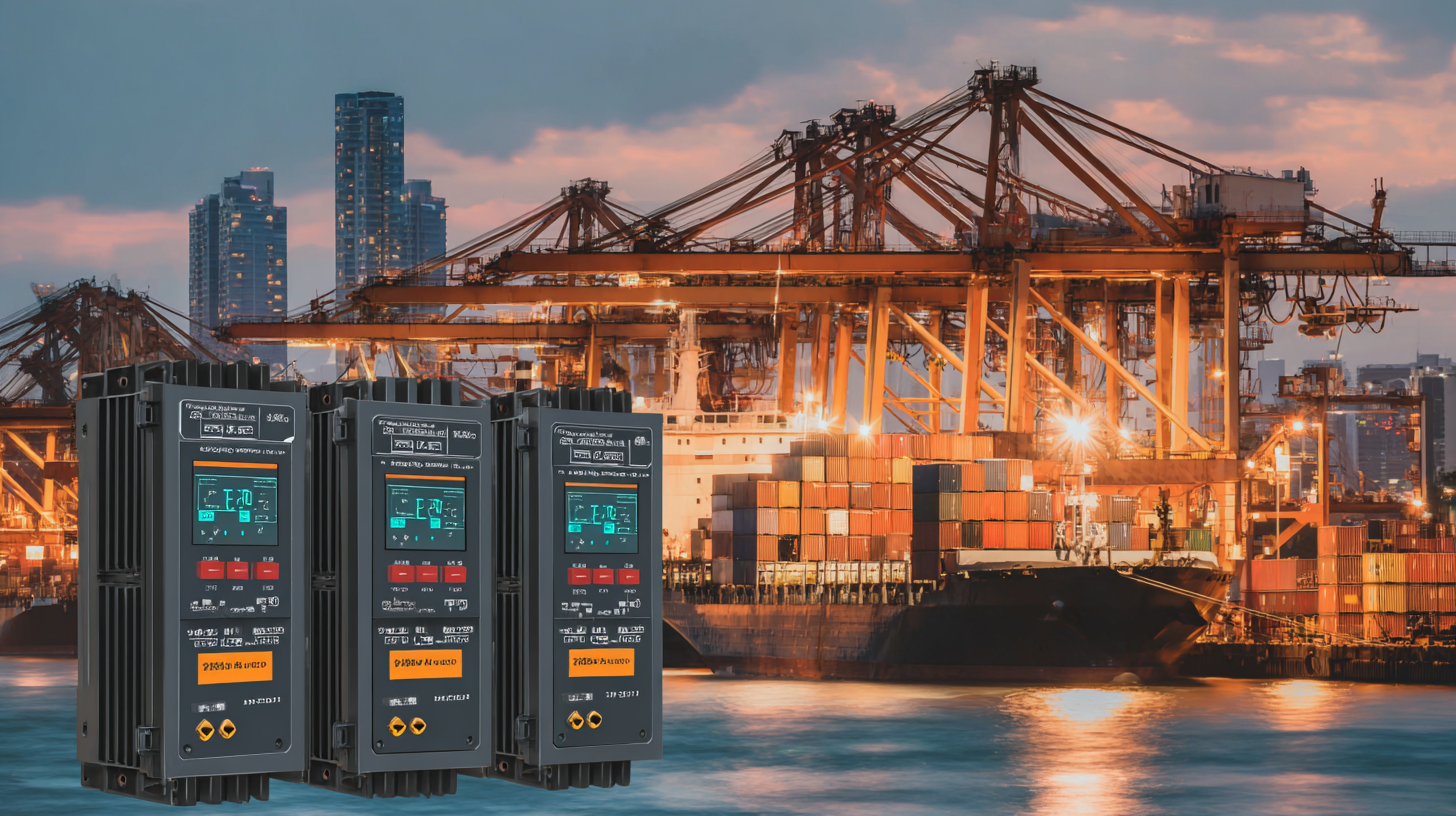Unlocking Global Markets: How to Navigate Import-Export Certifications for the Best Automatic Power Factor Controllers
Navigating the complexities of international trade can often feel overwhelming, especially when it comes to understanding the various certifications required for imports and exports. In the realm of electrical equipment, one crucial component that demands attention is the Automatic Power Factor Controller (APFC). These devices play a vital role in optimizing energy efficiency and reducing electricity costs across various industries.

However, the path to successfully bringing APFCs into a new market is fraught with regulatory hurdles and varying certification standards. This blog aims to unlock global markets by providing a comprehensive comparison of the import-export certifications associated with Automatic Power Factor Controllers. By understanding these requirements, businesses can make informed decisions, ensuring compliance and enhancing their competitive edge in the global marketplace.
Navigating Import-Export Regulations for Automatic Power Factor Controllers
 Navigating import-export regulations is crucial for businesses aiming to successfully trade
Automatic Power Factor Controllers (APFC). Understanding the specific compliance requirements of different countries is key to avoiding costly delays and penalties. Each market may have distinct certifications, such as CE marking in Europe or UL certification in the United States, which validate the product's safety and efficiency. Companies must conduct thorough research to determine these requirements to ensure their APFCs meet the necessary standards before attempting to enter a new market.
Navigating import-export regulations is crucial for businesses aiming to successfully trade
Automatic Power Factor Controllers (APFC). Understanding the specific compliance requirements of different countries is key to avoiding costly delays and penalties. Each market may have distinct certifications, such as CE marking in Europe or UL certification in the United States, which validate the product's safety and efficiency. Companies must conduct thorough research to determine these requirements to ensure their APFCs meet the necessary standards before attempting to enter a new market.
In addition to certifications, companies must be aware of local tariffs, duties, and import quotas that can impact pricing and availability. Engaging with customs brokers and legal experts who specialize in international trade can provide valuable insights into the complexities of the regulations. Furthermore, participation in trade shows and industry conferences can offer opportunities to connect with potential partners and gain firsthand knowledge about the challenges of exporting APFCs. By taking these proactive steps, businesses can effectively navigate the intricacies of import-export regulations and broaden their market reach.
Key Certifications Required for Global Trade of Power Factor Equipment
When engaging in global trade of automatic power factor controllers, understanding the key certifications required is crucial for success. Different countries have specific standards that govern the import and export of electronic equipment. Notably, certifications such as CE (Conformité Européenne) for Europe, UL (Underwriters Laboratories) for the USA, and CSA (Canadian Standards Association) for Canada ensure that products meet safety and performance requirements. Gaining these certifications not only facilitates market access but also builds trust with customers.
Tips for Navigating Certifications: Start by researching the specific regulations in your target markets. Contact national standards organizations for detailed guidelines on the certification process. It’s essential to allocate sufficient time and resources for testing and documentation because delays can impact your timelines.
Additionally, consider leveraging certification consultants who specialize in your industry. These experts can streamline the process and help avoid common pitfalls. It’s also beneficial to keep abreast of changes in regulations since standards evolve over time; staying informed can prevent compliance issues and enhance your competitiveness in the global market.
Understanding Industry Standards and Compliance for Power Factor Controllers
Navigating the complex landscape of import-export certifications is crucial for businesses engaged in the trade of
Automatic Power Factor Controllers (APFCs). Understanding industry standards and compliance requirements not only ensures product quality but also facilitates smoother market entry.
International certifications, such as CE, UL, and IEC, often dictate the acceptance of APFCs in various global markets. Manufacturers must be well-versed in these standards to avoid costly delays or rejections during the import process.
Moreover, compliance with local regulations is equally significant, as countries may have specific requirements for energy efficiency and electrical safety. For instance, the European Union's EcoDesign regulations emphasize sustainability and energy savings, making adherence essential for accessing this lucrative market.
By prioritizing certification and compliance, manufacturers can enhance their credibility and competitiveness, ultimately leading to increased market presence and sales. The journey to successful global trade starts with a solid foundation in understanding and navigating these essential standards.
Impact of Certification on Market Access and Trade Opportunities
Obtaining the right certifications for automatic power factor controllers (APFCs) can significantly affect market access and trade opportunities for manufacturers. According to a report by Market Research Future, the global market for power factor correction equipment is projected to reach $4.85 billion by 2025, driven by increasing demand for energy efficiency and regulatory compliance. However, without the appropriate certifications such as CE, UL, or ISO, companies may find themselves excluded from lucrative markets in regions like Europe and North America, where rigorous standards are enforced.
The impact of certification extends beyond compliance; it enhances a company's credibility and trustworthiness in the eyes of potential customers and partners. A study published in the International Journal of Electrical Engineering Education highlights that products with recognized certifications can experience up to a 30% increase in sales due to enhanced market reputation. Furthermore, navigating certifications can streamline export processes, shortening lead times and reducing the risk of penalties during customs clearance. As global markets become increasingly interconnected, understanding the intricacies of import-export certifications will be crucial for APFC manufacturers seeking to maximize their trade opportunities.
Unlocking Global Markets: How to Navigate Import-Export Certifications for the Best Automatic Power Factor Controllers
| Region | Certification Type | Market Access Level | Trade Opportunities | Key Requirements |
|---|---|---|---|---|
| North America | UL Certification | High | Strong demand, competitive market | Safety standards, performance testing |
| European Union | CE Marking | Moderate | Access to diverse markets | Environmental compliance, safety requirements |
| Asia-Pacific | IEC Standards | Varied | Growing market, emerging opportunities | Performance criteria, local regulations |
| Latin America | Certificación de Conformidad | Moderate | Emerging trade partnerships | Documentation, local testing |
| Middle East | Gulf Standards Organization (GSO) | Low to Moderate | Niche markets available | Energy efficiency, product testing |
Best Practices for Preparing Documentation for Import-Export Success
Navigating the complexities of import-export certifications is vital for businesses looking to succeed in the global market, especially when dealing with Automatic Power Factor Controllers (APFCs). Preparation of proper documentation is a key factor influencing successful trade operations. Recent insights reveal that 70% of exporters report that inadequate documentation leads to shipment delays, impacting their financial performance. Understanding certification requirements—such as CE marking for electrical equipment—can streamline the process, reducing the likelihood of compliance issues that could delay market entry.

Furthermore, successful import-export operations require knowledge of the latest trade agreements and market trends. For instance, the trade relationship between countries can be enhanced through agreements that simplify tariff structures. A report shows that countries benefiting from reduced tariffs see a 33% median increase in export volume. Utilizing tools like the U.S. Export-Import Bank can provide additional financial support and risk mitigation strategies during this dynamic phase of global trade. Proper documentation and awareness of trade norms not only facilitate compliance but also open new avenues for market expansion, ensuring businesses remain competitive in a rapidly evolving export landscape.
